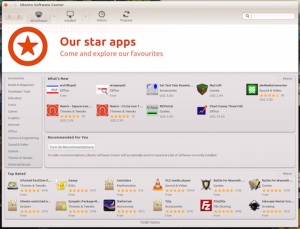Since my polemic against the inherent fault of the Westminster Parliamentary System in September 2015, which scarcely raised a murmur, a few significant events have occurred that prompt a revisit to the concept of a truly functional and representative system of government for Australia.
The first event in this cascade was the cynical but legal call the Governor-General to dissolve the parliament and issue writs for a general election.
Following this, two organisations already active in raising public awareness of the options for systemic change have ramped up their efforts to get popular support for their ideas.
Lastly, with growing disaffection for the major parties, a number of new independents (and some older ones including Tony Windsor) have begun nominating for what have been considered safe seats. In particular, Dr Stephen Ruff (North Sydney), Dr Van Davy (Robertson) and now James Mathison (Warringah) are challenging in what have been traditionally “safe” seats.
John Howard’s defeat as reigning Prime Minister in his “safe” seat is a salutary reminder that no seat, nor government, is safe – not even in the skewed Westminister system.
My take is that these organisations I previously mentioned, are working within the current system to effect change, with the intention of gradually changing the machinery of government.
The only alternative is revolution, and that’s not likely to end well. The only (relatively) bloodless revolutions I’ve witnessed had a couple of ingredients missing in Australia:
Thailand:
- universal respect for the monarchy;
- fragmented and almost-universally unpopular government;
- a populace largely uneducated and disengaged from the political process;
- a strong military (rank of full-colonel and officers) with experience of military government;
- the will of the military and the tacit support of the monarchy.
I had the unusual experience of landing in Thailand as the military took over the airport during the 1977 coup, and the only casualties were a few corrupt politicians and student activists.
The Philippines:
- totalitarian and almost-universally unpopular government
- a popular alternative in Corazon Aquino ready to step into the breach
- a strong military (rank of full-colonel and officers) with experience of military government
- the will of the military to support regime change (they’d done it before)
I was there before and after the 1986 People Power Revolution and the only casualties again were a few of the corrupt politicians.
That process however won’t fly in Australia – we don’t have any of the key ingredients, ergo the need for a Plan B.
Change The System is a non-profit, non-aligned independent group with a broad platform of reform and disdain for the two-party platforms. I strongly support their efforts. Watch this space!
Flux takes this concept to the next level. Flux has no policies, and never will. How cool is that? In a stunning use of technology, Flux has the potential to actually deliver a mechanism to achieve true democracy to a degree never seen before. Not ever.
“Open to manipulation” will be the most likely first response to this concept. Look to that crucible of modern democracy, that beacon of truth, justice and fairness as is the current U.S. presidential election and ask me again about the shortcomings of technology.
I am already supporting both organisations for change, as well as the independents I believe will bring honesty and decency to the present tawdry bipartite shambles.
I implore you, dear reader, to consider the options being presented and to support an independent in your own electorate who will support the policies that are important to you. View with care the pork-barrel promises of both sides of parliament.




